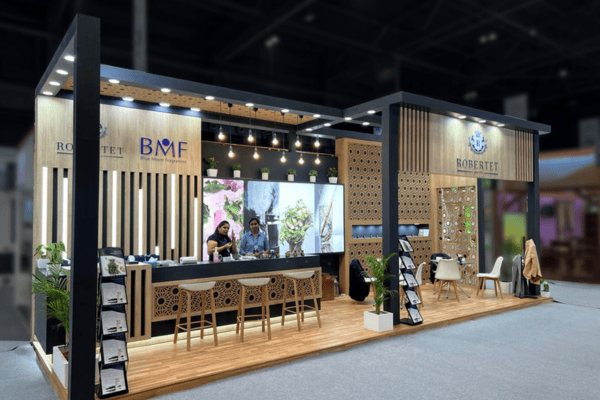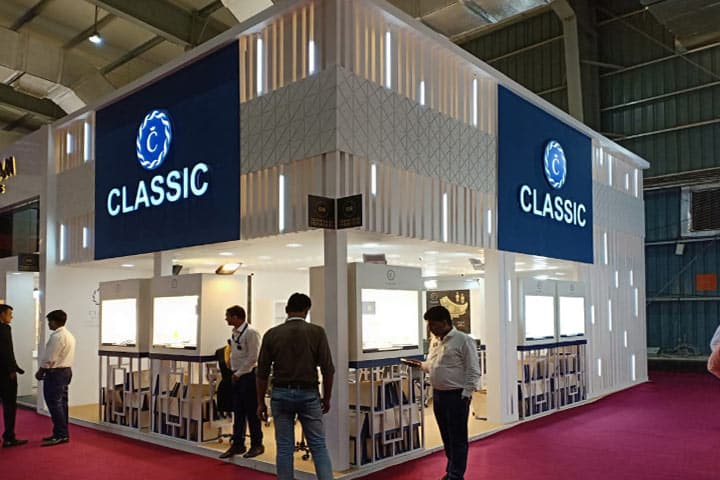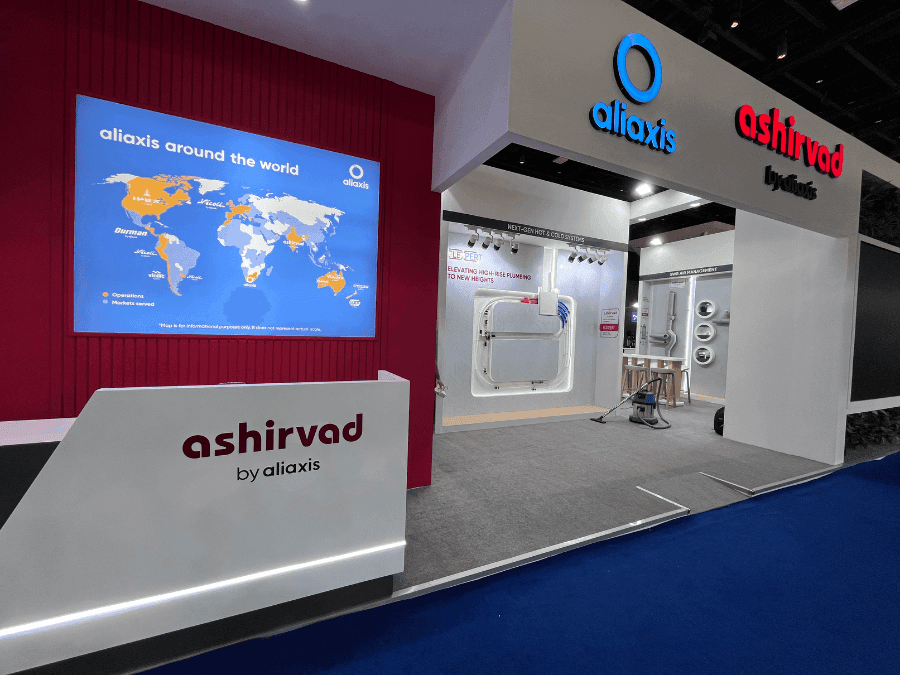Exhibitions in India — whether at Pragati Maidan (Delhi), NESCO (Mumbai), BIEC (Bangalore), or HITEX (Hyderabad) — are high-stakes events. The difference between a successful stall and a failed one often comes down to planning and timing.
Too often, exhibitors start late, rush fabrication, or miss critical approvals — leading to unnecessary stress, extra costs, and poor execution. That’s why we’ve created this 32-step timeline guide: a practical roadmap from 12 weeks before the show to the final day.
Follow this, and you’ll never miss a beat.
Phase 1: Strategy & Planning (12–10 Weeks Before)
- Define exhibition goals (leads, brand visibility, product launch).
- Confirm event participation and finalize space booking with organizers.
- Gather internal stakeholders (marketing, sales, product heads) for alignment.
- Decide on budget allocation (stall size, design, marketing, travel).
- Study floor plan and choose stall location (corner, island, or inline).
- Research competitors’ past stalls at the same expo.
- Shortlist a premium stall design & fabrication partner.
Phase 2: Concept & Design (10–8 Weeks Before)
- Share brand guidelines, product portfolio, and goals with the stall designer.
- Approve initial 2D layout concepts, including zoning for demo areas, meeting rooms, and storage
- Move to 3D design renders for visualization.
- Review lighting, material choices, and engagement elements (AR/VR, screens).
- Finalize stall theme, messaging, and graphics.
Phase 3: Approvals & Vendor Coordination (8–6 Weeks Before)
- Submit designs to the exhibition organizer for approval.
- Ensure compliance







